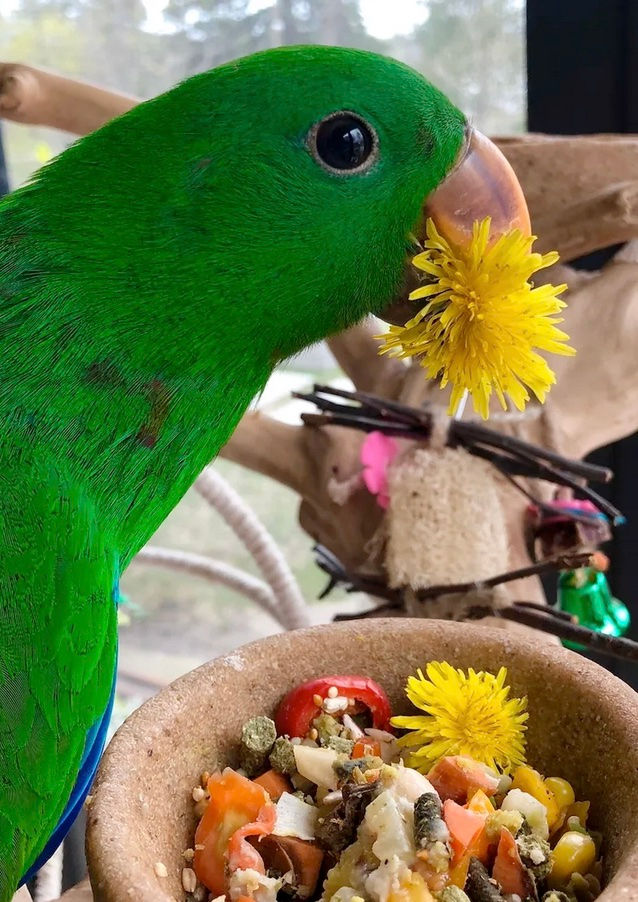Are Your Bird's Leg Bands Safe?
- Mary
- Feb 22, 2024
- 3 min read
Should leg bands be removed? What is the point of leg bands? Can it actually tell me anything about my bird?
---
There's a lot of misinformation out there about safety with leg bands and their purpose. First, why do some pet birds have leg bands? And what do the numbers and letters mean?
Depending on the breeder, the series of numbers and letters may be nothing more than a way to identify babies and to keep track of specific birds while they're in their care (for example, b698df will go to Sam when they're weaned, and b698ml will be going to Charlie). For most birds purchased from pet stores, the information on their band is meaningless to you and doesn't tell you anything about the bird or breeder.
Reputable breeders will keep track of the information on the leg bands. For example, if a lost bird with one of our leg bands comes in, we can look it up in our database to find the owner. The information on some bands tell you about the bird (for example, ours typically have SBF for Sugarcreek Bird Farm, OH for being bred in Ohio, the hatch year, and the series of numbers unique to the bird). These bands are excellent information for breeders to make sure bloodlines are kept straight and we can track where birds came from. As many parrot species are getting less and less common in US captivity, knowing who is related to who is paramount.
---
Not all leg bands are created equal. Depending on the style, some can be hazardous for your bird.
Closed bands are the safest option. These are solid rings made of stainless steel or aluminum that are slipped over the baby bird’s foot at a very young age, and they grow into it, meaning the toes grow enough that the band won't slip off. This is why you can't put an appropriate sized closed band on an adult bird, as their foot is already fully grown. In a closed band there are no seams or cracks that can get caught or bumped open.
Open bands are put on after the bird is fully grown, and are what most box pet store birds have. These are an open ring that are bent to wrap around the ankle, and usually leave a small crack where the ends don’t quite connect. The gaps on open bands are a safety hazard, as they can get caught on toys, cage bars, or even bird toes and beaks. If your bird has an open band, we do recommend getting it removed.
---
Should you remove your bird’s leg band? We only recommend removing leg bands if they are unsafe (open band, too wide, too tight, etc.).
If the band is safe, they can be helpful at identification if your bird were to ever get lost. If they come from a breeder that keeps records, the owner can be tracked down that way. Or, if the bird gets found, the information on the band can be used to verify the owner.
For example, if a lost macaw were to be found outside, it’s likely that people would try to claim the bird as theirs just to get the bird. The owner knowing the band number can be used to verify ownership. (On that thought, we HIGHLY recommend you write down your bird’s band number, have pictures of the band or you in the picture, too. Most reputable rescues do require that information to claim the bird as yours.)
—
We don't recommend attempting to remove leg bands on your own, as it can be dangerous if you don't know what you're doing. Bring them to your avian veterinarian, or we also offer leg band removal as one of our grooming services. You can schedule grooming here:
Please note that even the safest bands can still get caught in toys and other things inside the cage. We all know that our pet birds can get into the silliest situations, so always monitor your bird and their enrichment items to prevent injury.










Comments